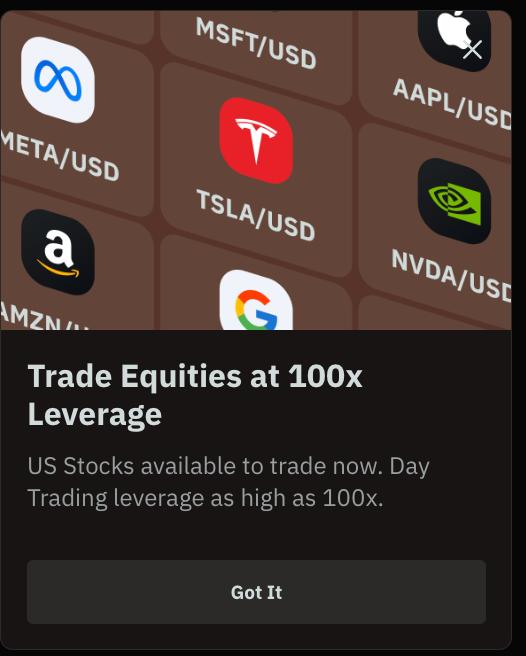Bank of England’s Dilemma: The Impending Decision on Interest Rates and the Shadow of 2024 Cuts

In the intricate dance of economic stability, the spotlight turns to the Bank of England as it stands on the precipice of a crucial decision: whether to maintain its current interest rates or pave the way for potential cuts in 2024. In a landscape marked by uncertainty, economists find themselves engaged in a spirited debate, grappling with the intricacies of fiscal policy and global economic trends. As the financial world eagerly awaits the outcome, this article delves into the nuanced arguments and factors at play, offering insights into the potential impact on markets, businesses, and the broader economic landscape.
Bank of England Contemplates Holding Rates Amidst Debate Over 2024 Cuts
As the economic stage unfolds, the Bank of England is poised to maintain its main interest rate at 5.25% for the third consecutive meeting, with Thursday’s decision looming on the horizon. However, economists find themselves at odds regarding the timing of potential cuts in 2024, introducing a complex narrative into the financial landscape.
Market indicators, notably LSEG, suggest an almost certain 100% probability of a rate hold on Thursday. Economic data since the Bank’s last meeting has been inconclusive, with third-quarter real GDP mirroring projections, and inflation and wage growth falling below expectations. UK headline inflation, at an annual low of 4.6% in October, adds a layer of uncertainty to the economic outlook.
Labor market trends further complicate the narrative, with unemployment remaining steady and vacancies continuing to decline. PwC Economist Jake Finney notes parallels with the U.S. Federal Reserve’s hypothesis that introducing slack into the labor market is possible with high vacancies, potentially without significantly raising unemployment.
Amid signs of a cooling labor market, some analysts believe this may offer reassurance to the Monetary Policy Committee (MPC) ahead of Thursday’s meeting. The recent contraction in the UK GDP by 0.3% in October, below economist expectations, is seen as a factor cementing the expected rate hold, while also raising the specter of cuts in 2024 to stave off a recession.
Barclays anticipates a split vote in favor of a hold, coupled with a hawkish stance against the market’s premature expectation of cuts. The bank projects rates to remain unchanged until August 2024, emphasizing the MPC’s commitment to a restrictive monetary policy.
Economists Abbas Khan and Jack Meaning from Barclays expect the MPC to maintain its stance on the restrictiveness of current monetary policy, resisting market pressure for early rate cuts. They foresee a cutting cycle commencing in August 2024, with a projected terminal Bank Rate of 3.25% by Q2 2025.
External factors, such as potential shifts in the policies of the U.S. Federal Reserve and the European Central Bank, may influence the MPC’s decision-making. However, Khan and Meaning suggest that the timing and magnitude of cuts are unlikely to shift before May 2024, citing data cycles, inflation levels, and wage growth rates.
In a landscape where other central banks adjust their stances, the Bank of England maintains a centrist position. Governor Andrew Bailey and Chief Economist Huw Pill emphasize the premature nature of discussions around cuts, while more hawkish members express concerns about persistent inflationary pressures.
As the decision day approaches, BNP Paribas European economists anticipate the Bank of England to reiterate the need for a restrictive stance on Thursday. Despite no press conference or updated projections, the bank expects signals through vote splits, guidance, and post-meeting communications. The forecast envisions weaker growth and inflation than the BoE projects for H1 2024, paving the way for a potential cut in June 2024, with the Bank Rate settling at 4.25% by year-end.
Navigating the Bank of England’s Monetary Crossroads: Opportunities and Impacts for Traders
The Bank of England’s impending decision to hold interest rates for the third consecutive meeting presents a pivotal moment for traders, ushering in both challenges and opportunities. As the economic landscape teeters on uncertainty, astute traders can capitalize on the following potential impacts.
Currency Market Fluctuations
The decision’s aftermath may trigger volatility in currency markets. For instance, if the Bank maintains a hawkish stance, signaling a delay in rate cuts, the British Pound could strengthen. Traders keen on forex markets should closely monitor post-decision currency movements and adjust their positions accordingly.
Equity Markets Reaction
The equity market is sensitive to interest rate decisions, particularly in sectors like banking and real estate. If the Bank of England hints at a prolonged restrictive stance, banking stocks may experience a boost, while interest-sensitive sectors might face headwinds. Traders can leverage this information to strategically allocate their portfolios.
Fixed Income Opportunities
Bond markets are likely to react to any subtle shifts in the Bank’s rhetoric. A dovish inclination may lead to increased demand for government bonds, influencing yields. Traders can explore opportunities in the fixed income space by adjusting bond portfolios based on interest rate expectations.
Commodities and Inflation Hedge
Traders may also consider commodities as a hedge against potential inflationary pressures. Precious metals like gold often serve as safe-haven assets during uncertain economic times. If the Bank signals concerns about inflation, traders could explore commodity futures or related exchange-traded funds (ETFs).
Options Strategies
In times of heightened uncertainty, options provide flexibility. Traders can deploy strategies like straddles or strangles to capitalize on potential market swings post-announcement. These strategies allow for profit whether the market goes up or down, providing a risk-managed approach.
Ultimately, the Bank of England’s decision offers traders a multifaceted landscape to navigate. Adapting to the evolving market sentiment, seizing currency fluctuations, and strategically positioning portfolios across diverse assets can unlock opportunities amidst the financial crossroads. As traders embrace this pivotal moment, a keen eye on market reactions and nimble decision-making will be paramount.



























Comments (0 comment(s))